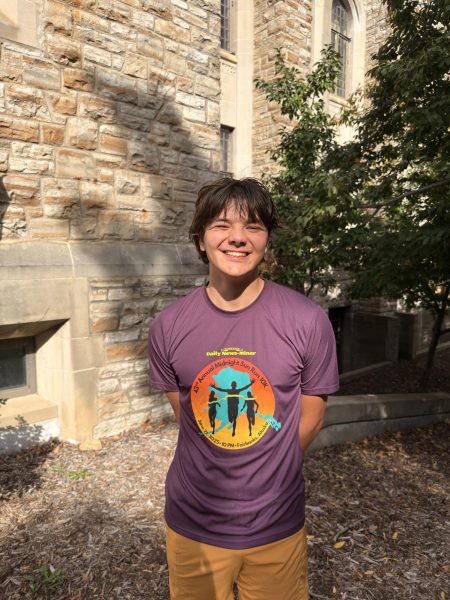This year, Public Safety hired Bertha with the mission of making Public Safety officers more approachable and friendly to diffuse the tension between professional staff and students. Why then, I wonder, did they repaint their cars to black and gray? Let me be clear, I’m not actually that curious. I think one of the major necessities of Public Safety is for them to be approachable enough for them to be of service (hence Bertha), but I also think the new cars fully defeat that purpose. The previous livery of black and gold reflected the College’s colors and mission of creating an “inclusive community.” The black and gold cars were approachable in the nighttime since the gold could be seen in the dark, but now, the cars are invisible. One could argue that the cars being darker allows Pub Safe to more actively engage in traffic control and vehicular safety because they can catch speedsters in the act. However, on our campus roads, there are multiple blind corners that Public Safety officers can — and do — park behind, thus defeating the need for camouflage.
Further, this year I have noticed that Pub Safe dispatch and officers have taken significantly longer time to arrive on scene when called. For example, a student recently threw up in a hallway in Buntrock Commons right in front of me — I was at a desk working — leaving a puddle of vomit on the ground (disgusting, I know, I’m sorry). Immediately after checking on the student and getting them water and paper towels, I called Public Safety to inform them of the situation. The dispatch operator asked if the student needed medical attention, and I informed them that the student did not. Then, I was placed on hold, so that an officer could be called about the situation. I was on hold for 10 minutes, and when dispatch got back to me, they told me that an officer would come to address the situation in about 10 minutes. After thanking the operator for their time, I hung up the phone. After 30 minutes, an officer shows up. I’m stressing about the time because the vomit is an active biohazard that needs to be addressed with urgency — urgency that Public Safety was not providing. When the officer did arrive, they told me that they were looking for a facilities employee who could clean up the mess. The officer then placed a wet floor sign, and left. An hour and a half later, the vomit was cleaned up by facilities. This instance makes me wonder how efficiently money and resources are managed with Public Safety. If the cars were somehow contributing to their ability to foster a safe environment, I would be more understanding of the financial cost — who knows what it was. However, if it takes nearly two hours to clean up a hazard to the public’s safety, I’m doubtful.



